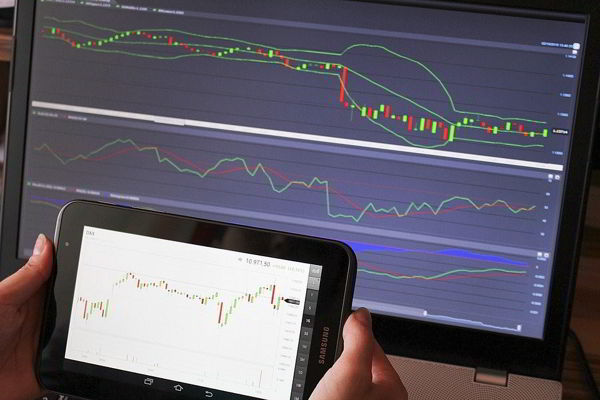April was a seismic month for the Bitcoin price. Having bottomed out as low as $6,584 per BTC, the back end of the month resulted in a rapid resurgence, spiking at $9,371 on 30 April. It would appear the sharp rally of Bitcoin occurred as financial investors and traders sought an alternative form of investment to equities, which are faring particularly badly during the coronavirus pandemic.

The key to Bitcoin trading is knowing what moves its price, and global events such as the COVID-19 crisis are just one of many fundamental factors in the volatility of Bitcoin and other leading cryptocurrencies. There are also technical factors that experienced Bitcoin traders will be mindful of. That’s because we have just experienced the latest halving of Bitcoin.

Sure, the Bitcoin halving sounds like something you’d hear in a Halloween movie release, but it’s one of the biggest events for the original cryptocurrency. Earlier this month, the volume of Bitcoins entered into circulation every ten minutes – the block rewards – fell by 50% from 12.5 to 6.25. It’s a landmark that occurs once every four years and was built into the Bitcoin code because there is only a finite number of Bitcoins that can be mined – 21 million in fact.
In 2008, when the Bitcoin system was in its infancy, 50 Bitcoins could be mined every ten minutes. In 2012, that number was halved to 25 Bitcoins and halved again to 12.5 Bitcoins in 2016. As of Monday 11 May, the number of Bitcoins that can now be mined every ten minutes is 6.25 Bitcoins. This process is predicted to end once all 21 million Bitcoins have been mined into circulation in the year 2140.
Trading patterns around the Bitcoin halving
One explanation for the sudden surge in Bitcoin’s price ahead of the next Bitcoin halving is historical data and patterns. Prior to the last two Bitcoin halvings (2012 and 2016), the value of Bitcoin experienced similar rallies. In the four weeks prior to its first halving in November 2012, Bitcoin soared in value by over a third (34%) to $12.75. Meanwhile in the month prior to its second halving in July 2016, Bitcoin gained more than 45% of value to trade at almost $660.
Following the last Bitcoin halving, the cryptocurrency experienced record gains for 12 months after the cut to supply. After the 2016 halving in July, by December 2017 Bitcoin’s value had topped $20,000 per coin. Many fintech analysts believe the upcoming halving will almost certainly result in a medium-term uptrend. Don Guo, CEO of Broctagon Fintech Group, believes the “added scarcity” of Bitcoin as a result of the next halving will “drive up demand”.
Sure enough, the price of Bitcoin against the US dollar has experienced a resurgence since the halving of May 11. In the first five days post-halving, Bitcoin’s value has risen from $8,482 to a peak of $9,809 per Bitcoin. Its value has almost recovered to its pre-halving value of $10,000+. This immediate rebound flies in the face of historical trends that have seen the value of Bitcoin take a short dip post-halving first. During its previous Bitcoin halving, its value fell by almost 30% to $465 on August 2 2016. This time around, there does not appear to be as many short-term traders selling their coins, reducing the downward pressure in the markets.
Of course, the backdrop of the COVID-19 pandemic is new territory for this month’s Bitcoin halving. Andy Ji, co-founder of blockchain program Ontology, believes this year’s halving is timed perfectly for Bitcoin and the cryptocurrency industry in general to demonstrate its “resilience and strength” alongside “traditional Wall Street” equities and indices. Interestingly, just before this Bitcoin halving, mining pool F2Pool published a message on the Bitcoin blockchain referencing the New York Times’ comments on the Fed’s plans to rescue the US economy amid the coronavirus crisis. The message is scarily similar to that posted by Bitcoin founder Satoshi Nakamoto on the blockchain following its first-ever block creation. Nakamoto nodded to Bitcoin’s potential as a fiscal alternative in the 2008 Great Recession and F2Pool’s message this month reaffirms its value in even more uncertain times.
